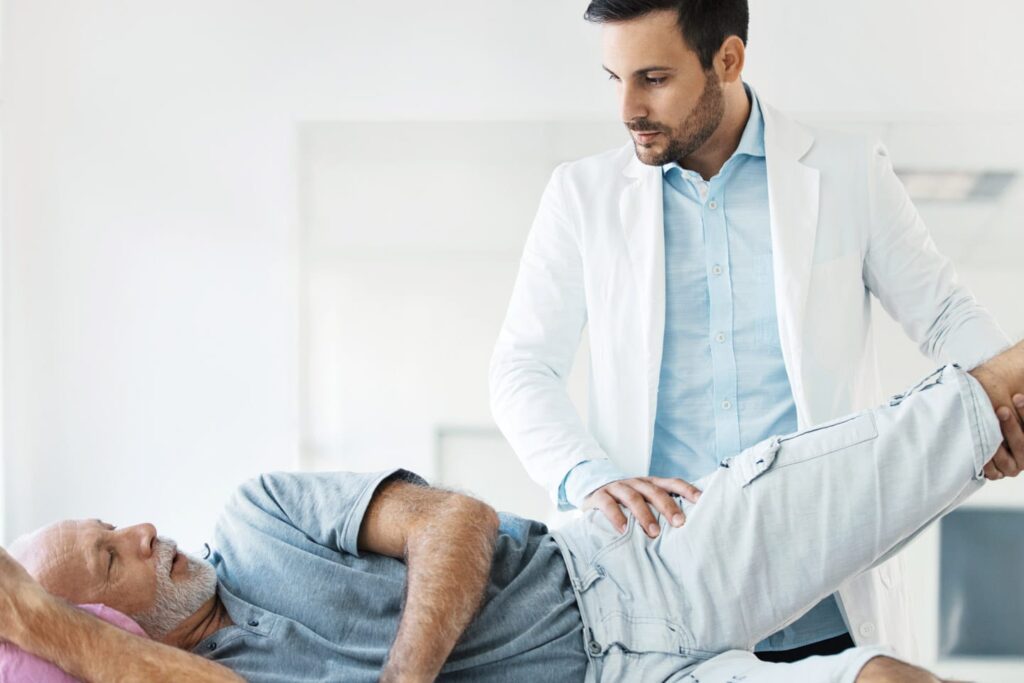Who Needs Hip Arthroscopy?
For older adults experiencing hip pain that isn’t attributed to arthritis, for which nonsurgical treatments haven’t provided relief from pain and mobility issues, hip arthroscopy could be the answer. Damage to the labrum, cartilage, and other soft tissues surrounding the hip joint can arise from injury or other orthopedic conditions like hip impingement, dysplasia (abnormally shallow hip socket), tendonitis, and synovitis (joint inflammation), among others. Often with older adults, damage is a result of typical wear and tear from extended use over the years.

What Can You Expect from the Procedure?
Most often performed under general anesthesia (when you are completely asleep), the length of this outpatient procedure depends on the amount of damage identified. At the beginning of the procedure, your surgeon will place your leg in a traction, which pulls your hip away from the socket enough to see the joint, insert instruments, and perform treatment. From there, your surgeon will make a small puncture – about the size of a buttonhole – for the arthroscope.
The arthroscope is a pencil-sized device that features a miniature camera and light that highlight and magnify the structures within the joint and display them on a screen. This way, the surgeon can see the damage and where it’s located, eliminating the need for a large incision.
Once the problem or problems have been identified, your surgeon will make additional incisions for other small instruments to be inserted to treat the damage.
How Do You Recover?
Following surgery, patients will stay in the recovery room for one to two hours before being discharged. Crutches or a walker will likely be necessary after the procedure. Depending on how extensive the procedure is, you can expect to need walking assistance for one to two months. A physical therapist will show you exercises to help restore strength and function to the joint.
What Results Can You Anticipate?
If damage is extensive and the procedure is more involved, lifestyle changes may be necessary. For instance, some people may need to avoid high-impact exercises like running and jumping indefinitely. Fortunately, many patients can expect to return to full, unrestricted activities following hip arthroscopy.





